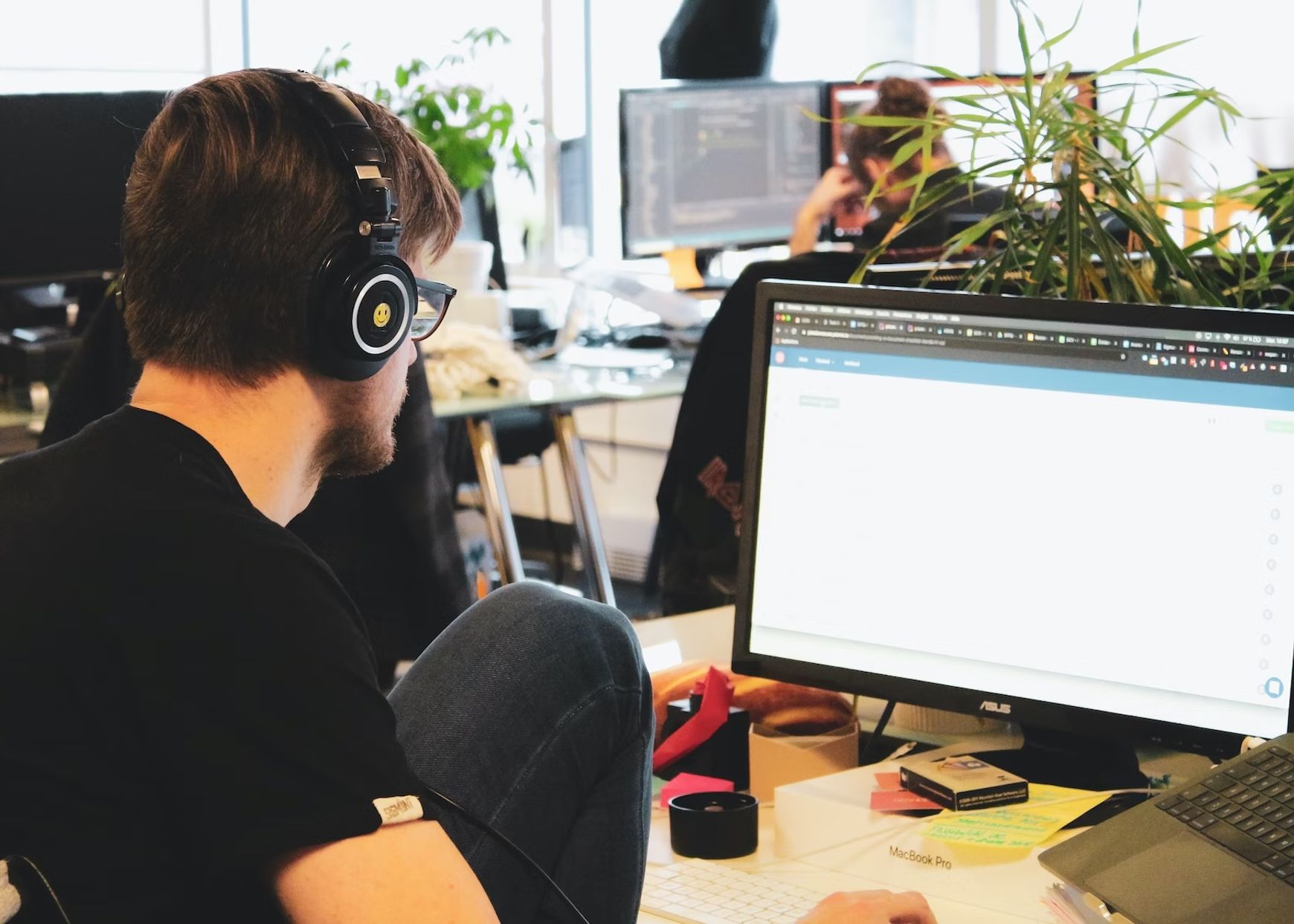
Qualitative Research Methodology and The Role of Transcription
Exploring the critical role of transcription in qualitative research, highlighting its methods, challenges, and impact on outcomes.
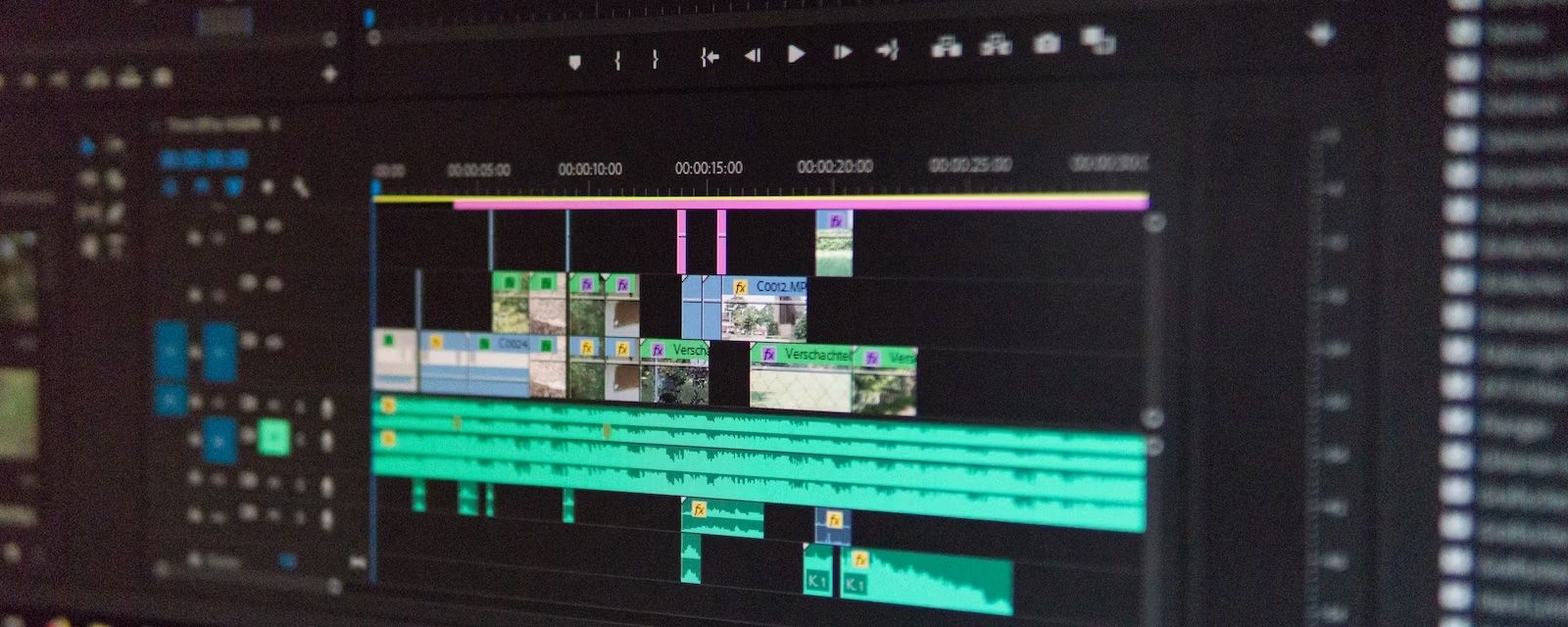
Video transcription revolutionizes educational research by enhancing data precision, accessibility, and analytical depth.
Video transcription in educational research is integral in enhancing the accuracy, accessibility, and usability of the data gathered. With the increasing use of video materials in various learning environments, the need to transcribe these resources has become more significant than ever. Understanding the importance of visual transcription in educational research will pave the way for more effective data analysis and interpretation, ultimately leading to more reliable qualitative research outcomes.
The transcription of visual interviews used in educational research presents a multitude of benefits. Firstly, it provides a textual representation of the visual content, allowing researchers to review and analyze the data more efficiently. This is particularly beneficial when studying complex educational phenomena, where visual cues and verbal communications often intertwine. Transcripts allow researchers to pause, rewind, and fast-forward through the data at their own pace, enabling a more thorough analysis.
Moreover, transcription aids in improving the accessibility of the content. Not everyone can access content conveniently; this is where transcripts come in handy. They can be read by those with hearing difficulties or by people who prefer reading to watching videos. Furthermore, transcriptions can be easily translated into different languages, making qualitative research more inclusive and globally comprehensible.
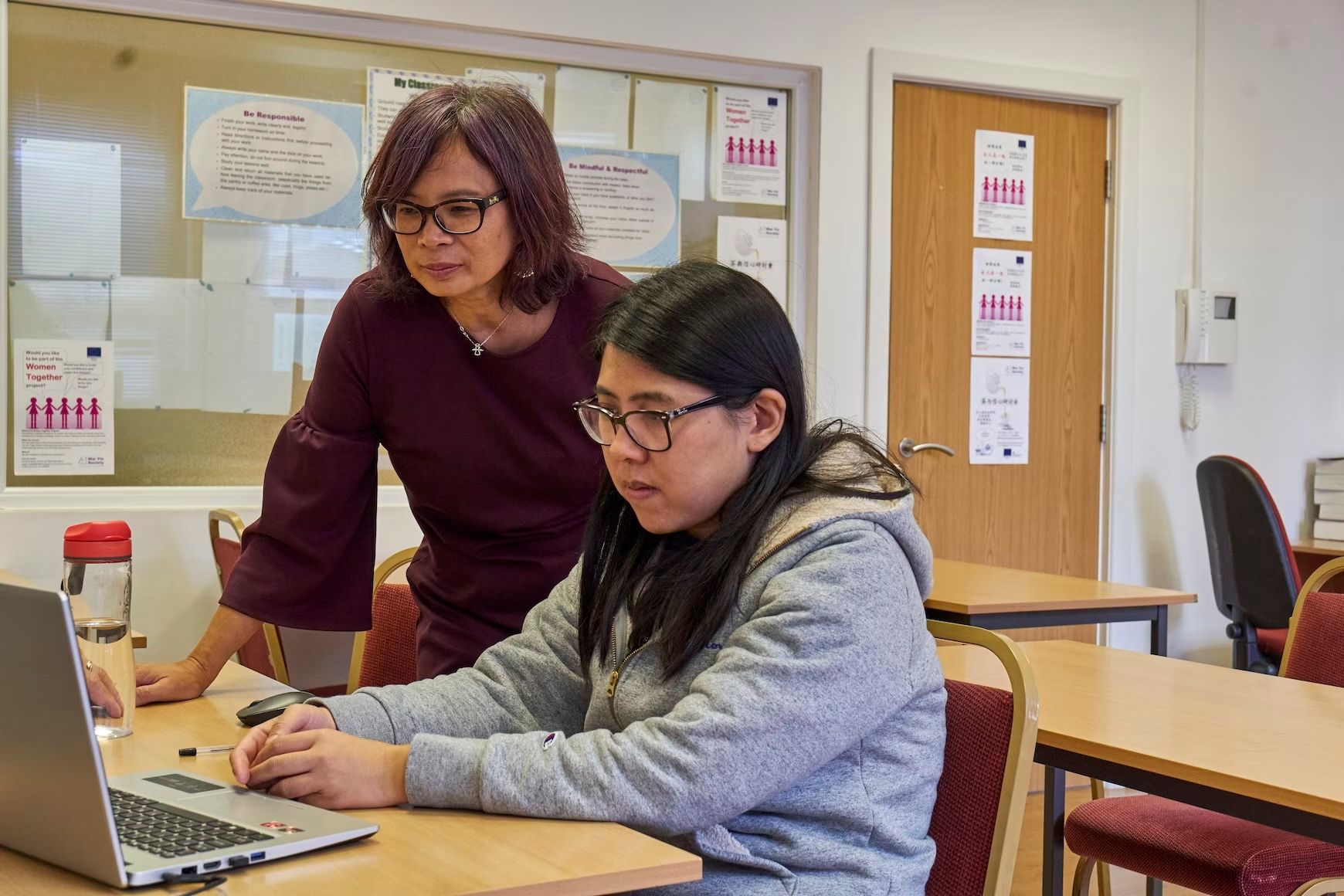
Additionally, transcriptions offer a higher level of searchability. They make it possible for researchers to locate specific material within the content quickly. This is especially valuable when working with extensive visual data, as it saves period and reduces the chance of missing out on crucial details.
In sum, transcription in educational research is a powerful tool that enhances data analysis, accessibility, and searchability. It is an invaluable asset for researchers aiming to extract the most from their visual interviews, ensuring that no piece of information is overlooked or underutilized. By recognizing its importance, researchers can harness the full potential of their visual data, contributing to more insightful and impactful qualitative research findings.
Transcribing educational videos or interviews accurately requires an organized and systematic approach. Here are some steps to guide you through the process.
Firstly, you need to choose the right tools for the job. There are numerous transcription tools available online, both free and paid. Some popular ones include Happy Scribe, Express Scribe, Transcribe, and Otranscribe. These tools often come with features such as speed control, timestamping, and text editing, which can significantly streamline the transcription process. Choose a tool that you are comfortable with, and that fits your specific needs.
Next, you need to prepare for the transcription. This includes setting up your workspace to minimize distractions, putting on a good pair of headphones to ensure you can hear the audio clearly, and opening your chosen transcription tool. Having a document or notepad open to jot down any thoughts or observations as you watch the visual can also be helpful.
Start transcribing by playing the visual and typing out what you hear. It's important to note that transcription is not about writing down every single word verbatim. Instead, focus on capturing the main ideas, themes, and discussion points. Remember to include non-verbal cues such as laughter, pauses, and tone of voice, as these can provide meaningful context.
In the transcription process, you might find it helpful to use the speed control feature of your transcription tool. Slowing down the visual can make it easier to keep up with the pace of the speech. Likewise, the timestamping feature can help you locate specific visual sections later.
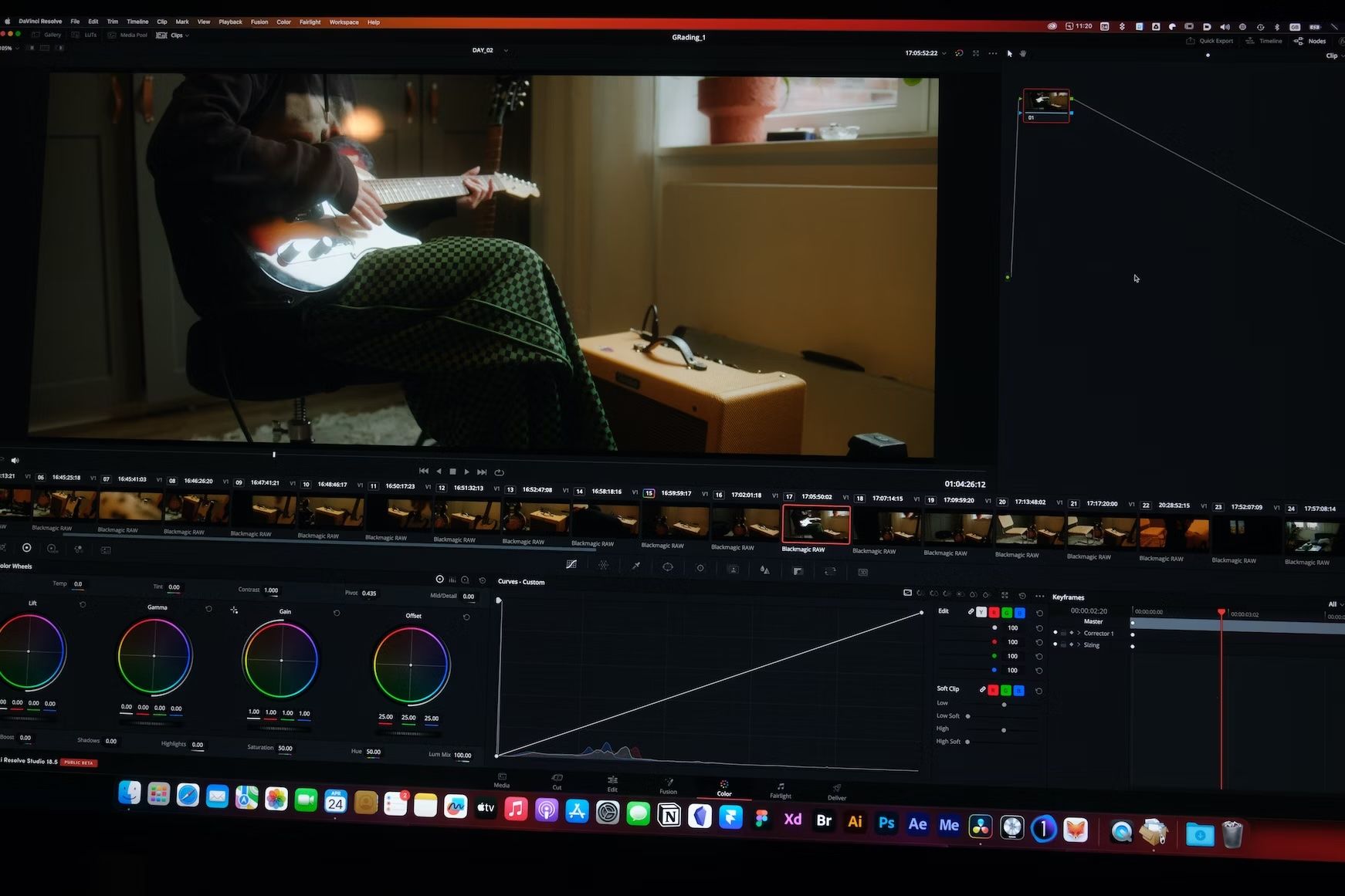
After transcribing the visual or interview, it's crucial to review your work. Review the transcript while watching the visual again to ensure you haven't missed anything important. Consider getting a second opinion if you're uncertain about a certain section. If the visual is part of a larger research project, discussing your transcript with your team or supervisor might be helpful.
Finally, remember that transcription is a skill that improves with practice. Don't be discouraged if you find it challenging at first. With period and experience, you'll become more efficient and accurate.
Transcribing educational videos accurately is a multi-step process that requires attention to detail, patience, and the right tools. Following these steps can help you produce high-quality transcripts that can serve as valuable data in your educational research.
In the world of educational research, it’s essential to have reliable and efficient tools at your disposal to carry out the task of visual transcription. Thankfully, today’s tech-driven market offers numerous tools and software designed to simplify and speed up this process. Here are some of the best tools and software to benefit your transcription work in educational research.
Firstly, Happy Scribe is a tool for automatically creating subtitles and transcriptions. Happy Scribe is best for editors, researchers, podcasters, journalists, and students. It can be used by companies and solopreneurs who employ visual marketing strategies like webinars and online courses.
The software will automatically create the transcript and subtitle after you upload your visual or audio. Following that, you may watch the transcription in their text editor, watch the visual with the subtitles in their visual editor, and make any necessary modifications.
Happy Scribe has unique features such as fast transcribing and subtitling, choosing over 119 languages, an interactive editor, speaker identification and sharing, and collaborative elements.
Another is Otter.ai, an AI-powered tool that offers automatic transcription services. It’s especially effective for transcribing educational videos as it can handle complex terminologies and jargon. What sets Otter.ai apart is its efficiency, accuracy, and ability to transcribe in real periods. You can also import existing videos for transcription, making it a versatile tool for researchers.
Next on the list is Rev.com, a popular transcription service used extensively in the educational sector. It offers automated and human transcription services, depending on your accuracy requirements and budget. Rev can handle a wide range of file formats and provides a quick turnaround period, a boon for researchers working under tight deadlines.
Another tool worth mentioning is Trint, which combines automated transcription with powerful editing software. It's beneficial for researchers as it allows you to easily search, edit, and verify the transcriptions. Its interactive editor also enables you to correct errors generated during automated transcription.
Transcribe, an online transcription and dictation software is also an excellent choice for educational researchers. It provides an interactive editor where you can type while the visual plays, thus reducing the period taken for transcription. It also supports voice recognition and can automatically transcribe audio to text.
Lastly, consider Sonix, a sophisticated AI-driven tool designed for precision and speed. Sonix offers many features, including speaker identification, timestamps, and the ability to export transcriptions in various formats. It’s a great tool for researchers, given its accuracy and convenience.
While all these tools and software are excellent choices, it’s essential to choose one that aligns with your specific needs and budget. Consider factors like transcription accuracy, speed, cost, and additional features before making a decision. Remember, the right tool can significantly enhance your research process by saving you period and ensuring accuracy in your transcriptions.
Perfecting the art of visual transcription or interviews is crucial, especially in the realm of educational research, where accurate data is pivotal. The process may seem daunting, but you can significantly enhance your transcription skills with a few tips and tricks.
Firstly, always use high-quality headphones. This might seem like an obvious tip, but the impact of good headphones on transcription accuracy cannot be understated. They help cut out background noise and allow you to focus on the audio from your visual, ensuring you don't miss out on any vital material.
Next, try to get familiar with the subject matter before you start transcribing. If you understand the topic discussed in the visual, you'll likely grasp the context better and make fewer mistakes. If the visual interview is part of a series of related readings available, take the time to go through them. This will improve your transcription accuracy and efficiency, as you'll spend less time trying to figure out complex terms or concepts.
It's also essential to enhance your typing skills. The faster you can type, the easier to keep up with the audio. Several online tools and courses can help you improve your typing speed and accuracy. However, remember that comprehension should never be sacrificed for speed. It's better to pause the visual and catch up than to miss out on important information.
Another helpful tip is to leverage transcription software. There are numerous transcription tools available today that can automatically transcribe videos. Although they may not be 100% accurate, they can significantly reduce your workload. You can use them to create a rough transcript, which you can manually review and correct.
Lastly, practice makes perfect. Like any other skill, transcription improves over time. The more you transcribe, the better you'll get at it. So, keep practicing, and don't get discouraged if you make mistakes. They're an integral part of the learning process.
Remember, transcription in educational research aims to create an accurate and comprehensive record of the interview content. By following these tips, you'll be well on your way to achieving this.
One successful application of visual transcription in educational research was in a study by researchers at Stanford University. The research focused on understanding teacher-student interactions in the classroom. Visual recordings were made of several classroom sessions and then transcribed for in-depth analysis. The transcriptions provided a detailed, moment-by-moment account of the classroom dynamics, allowing researchers to analyze the subtleties of teacher-student interactions that may not have been captured through observational notes alone. The findings led to new insights into effective teaching strategies and the role of student engagement in learning.
The advent of online education and distance learning has opened up another area where visual transcription proves invaluable. A study by the University of Florida used visual transcriptions to analyze online lectures. The research aimed at understanding the effectiveness of these lectures in achieving learning objectives. The transcriptions allowed the researchers to break down the lecture content and delivery style, leading to insights into the best practices for online instruction. This research has been pivotal in improving online education, especially after the COVID-19 pandemic, which saw a massive shift to remote learning.
Visual transcription has also been successfully employed in special education research. A groundbreaking study at the University of California, Los Angeles, used visual transcriptions to study the behaviors and responses of children with autism during therapy sessions. The transcriptions provided a wealth of data that allowed researchers to analyze patterns and progress over time. The insights gained from this research have been instrumental in developing more effective therapeutic approaches for children with autism.
In conclusion, these case studies demonstrate how video transcription and interview is invaluable in educational research. It provides a level of detail that is hard to achieve through traditional observational methods. Using video transcription, researchers can capture the nuances of academic interactions, leading to richer data and more robust findings.

Exploring the critical role of transcription in qualitative research, highlighting its methods, challenges, and impact on outcomes.

Exploring the pivotal roles of various transcription types in qualitative research, from verbatim to AI-powered methods.

Understanding Transcription's Impact on Qualitative Research Accuracy

Transcription in qualitative research transforms spoken dialogues into script, enhancing analysis and accessibility.
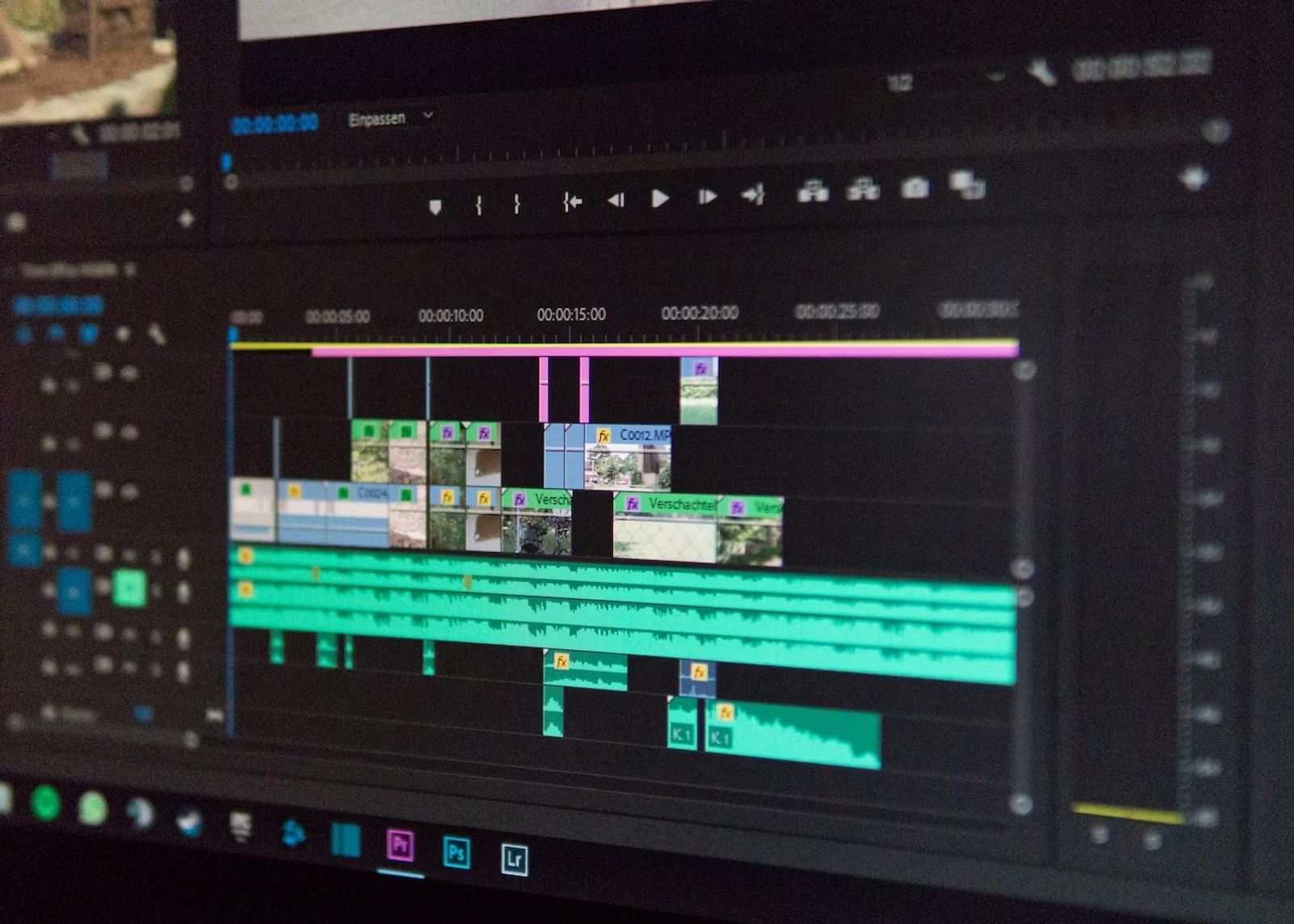
Video transcription revolutionizes educational research by enhancing data precision, accessibility, and analytical depth.

Exploring Qualitative Research Interviews: From In-Depth Analysis to Practical Transcription Techniques

Revolutionizing Qualitative Research: The Impact of Automatic Transcription

Wondering how to tackle the obstacles of remote work? Audio transcription software has a load of benefits—read about them here!

Explore ways to speed up transcription – optimizing workflows, reducing costs, and delighting customers as you do so.
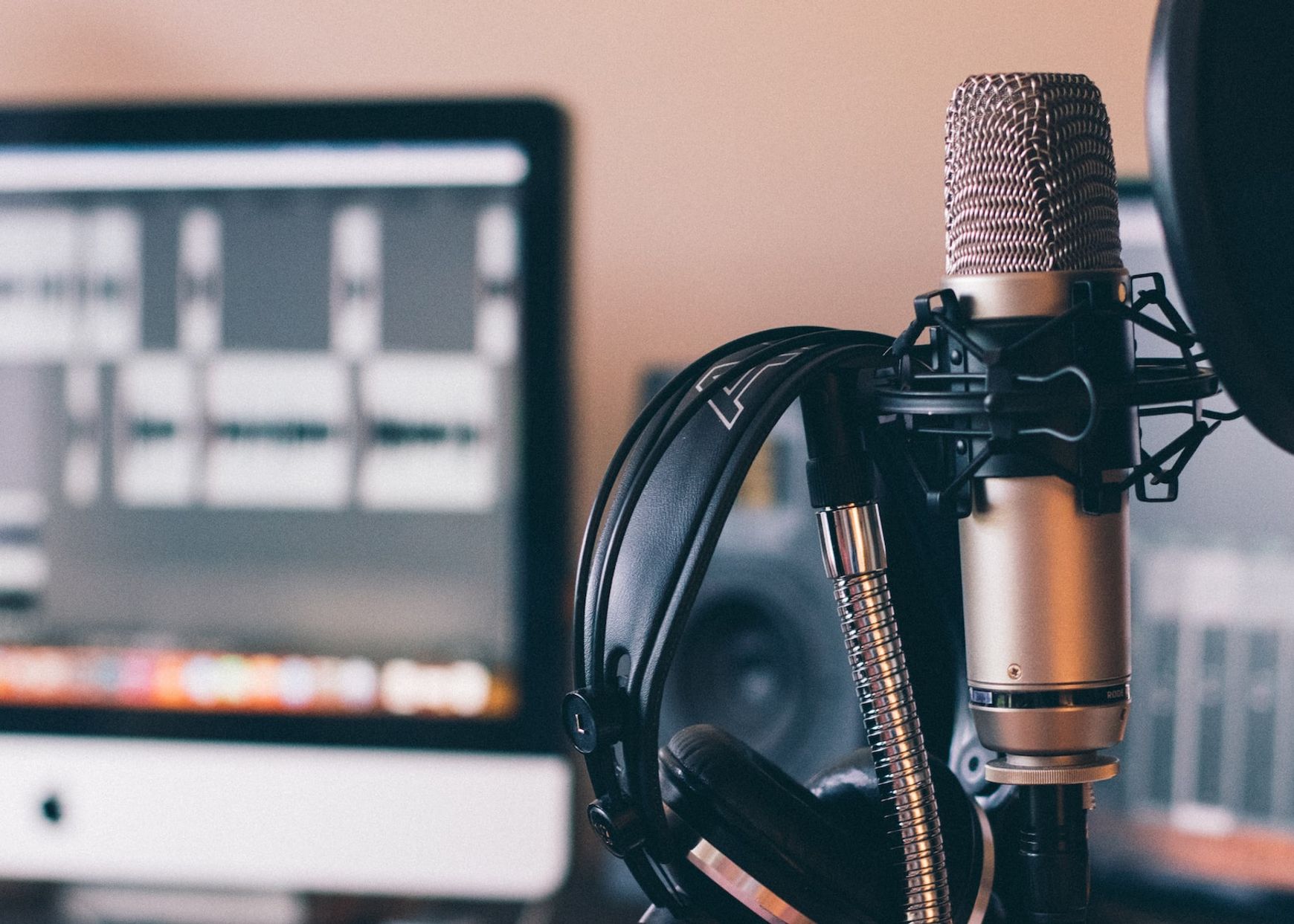
Transcribing interviews can be time-consuming, but there are ways to do it faster. Break the interview into smaller chunks, use speech recognition software, and make use of transcription services. Utilize keyboard shortcuts and familiarize yourself with the content to further increase your speed.